Lausanne museum goes underground
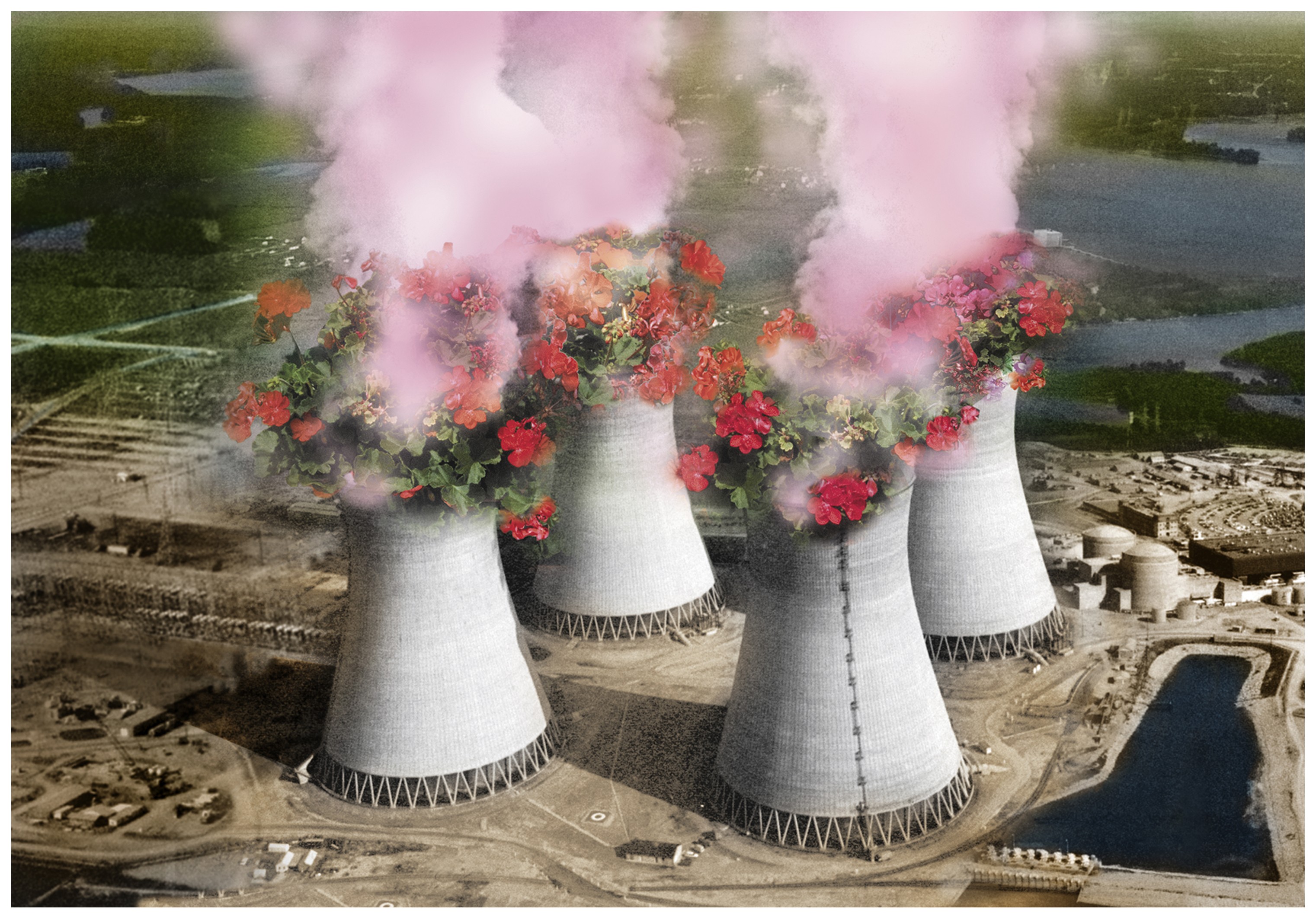
Naked Hells Angels rub shoulders with Valais girls and artistic car wrecks stop us in our tracks ahead of young evangelists, false chalets and mountain bunkers.
These are just a few of the startling images to be found in the [CONTRE]CULTURE/CH photo exhibition at Lausanne’s Elysée Museum, which looks at counter-culture from the 1950s to today through the eyes of 25 photographers, artists and filmmakers.
For the exhibition curators, the counter-culture and underground movements of the 1960s and 1970s, which turned traditional values on their head, died in the 1980s, recycled by fashion, consumerism and the market economy.
But in Switzerland this subversive period has been transformed into extremely fertile critical expression, according to Elysée director Sam Stourdzé.
“Counter-culture as defined by the 1960s and 70s, an opposition movement and underground culture, doesn’t really exist anymore,” he told swissinfo.ch.
“But there are many artists who question and do not hesitate to take a critical look, expressing themselves differently, either through humour, irony or more seriously, putting their finger where it hurts in documentary or constructed work.”
The new exhibition looks at how contemporary artists have constantly transformed ideas, questioning the issue of Swiss identity through landscape, the environment, security and even the traditional Swiss chalet.
Bikers and drag racers
The journey starts with warehouse packer Karlheinz Weinberger who, influenced by American music and culture, first started taking photos of young Swiss rebels in his spare time in the 1950s.
His series “Hells Angels” includes provocative images of tattooed bikers and young rockers, some of whom he managed to persuade to undress for the camera.
On the opposite wall Yann Gross takes us on a trip to Horizonville, Switzerland’s David Lynch-esque Wild West, or the Rhône Valley to be more exact. Inspired by road-trip films, Gross travelled by moped to document the people on Switzerland’s fringes: cowboys, country and western fans and drag racers.
The 30-year-old, who was cited by American Photo magazine in 2008 as a new talent, is currently working on a series on Ugandan skateboarders.
“What interests me is how normal people liven up their daily lives and live their dreams with what little they have available to them,” he said.
Che and the evangelists
On the same floor Luc Chessex’s photos from the 1960s documenting the Cuban revolution, via portraits of Fidel Castro and Che Guevara lead us into a room of black-and-white images of victimless car crashes by former Swiss police photographer Arnold Odermatt.
His dramatic pictures have in recent years gained growing attention in the art world since they were selected by Harald Szeemann for the 49th Venice Biennale in 2001.
“Some of the photos are old and have been reconstructed alongside others, but we also have many new works like those of Christian Lutz,” said Stourdzé.
The Geneva photographer, who won the 2011 Swiss Press Photo award, has displayed 15 images from the third part of his trilogy project on power, which focuses on religion and the evangelical movement in Switzerland.
Upstairs, the exhibition presents original work by Andri Pol, Plonk & Replonk and Nicolas Crispini that use humour and irony to blast Swiss clichés.
In his series “Switzerland against the world” Claude Baechtold juxtaposes images from Switzerland alongside those from his travels to Afghanistan, Iran, the North Pole and China, which force us to question whether the Swiss really are that different from other nationalities.
Bunkers and peaks
The final series of images in the basement presents critical viewpoints on typically Swiss cultural values, such as the alpine landscape, the railway, the Swiss chalet, the army and the post service.
Léo Fabrizio’s series “Bunkers” which depicts military defence facilities meticulously camouflaged as rocks and parts of the hillside is exhibited alongside Christian Schwager’s false chalets, also used by the army for defence purposes, and Fred Boissonnas’s 19th-century photos of a Swiss mountain village built in the centre of Geneva.
“It was part of the 1896 exhibition in Geneva alongside an African village built in the middle of Plain Palais with a 40-metre-high false mountain complete with waterfall that used six million gallons of water every day, 300 villagers, cows, goats and chickens,” explained co-curator Daniel Girardin.
Next door Francis Firth’s 19th-century photos of high peaks and glaciers meet sublime panoramic alpine landscapes. And Jules Spinatsch’s sweeping view of Davos during the World Economic Forum, constructed with 2,176 still shots taken from close-circuit television cameras, sits alongside Mathieu Gafsou’s critical look at the impact of mass tourism on the Alps.
Young, dynamic scene
Gafsou said the current Swiss photo scene was “extremely dynamic”, especially in the French-speaking region.
“We are very lucky as we are supported by many schools and institutions, and there is a network of artists; it’s a privileged environment which is less aggressive than in some of the major capitals. It’s possible to live and work in Lausanne and export my work internationally,” he explained.
Gross agreed: “It’s really bubbling at the moment among the 20-40-year old generation. Most people know each other and get on. Swiss institutions invest a lot in culture and support the artists so you don’t feel as if you have to produce something to sell.”
Stourdzé said it was not possible to talk about a “Swiss school of photography”, as was more evident in places like Finland right now.
“But unlike France, Germany or the US, there are definitely specific Swiss interests, such as how people live together, identity and territory,” he told swissinfo.ch.
The [CONTRE]CULTURE/CH exhibition at the Elysée Museum in Lausanne runs from December 4 to January 29, 2012.
The museum is open from Tuesday to Sunday, from 11am to 6pm (closed Mondays).
The exhibition features work by 25 Swiss photographers, artists, film and video makers: Emmanuelle Antille, Fred Boissonnas, Luc Chessex, Jean-Luc Cramatte, Nicolas Crispini, Claude Baechtold, Stefan Burger, Adolphe Braun, Leo Fabrizio, Francis Frith, Matthieu Gafsou, Yann Gross, Christian Lutz, Gianni Motti, Arnold Odermatt, Plonk & Replonk, Andri Pol, Francis Reusser, Nicolas Savary & Tilo Steireif, Christian Schwager, Jules Spinatsch, Martin Stollenwerk and Karlheinz Weinberger.

In compliance with the JTI standards
More: SWI swissinfo.ch certified by the Journalism Trust Initiative

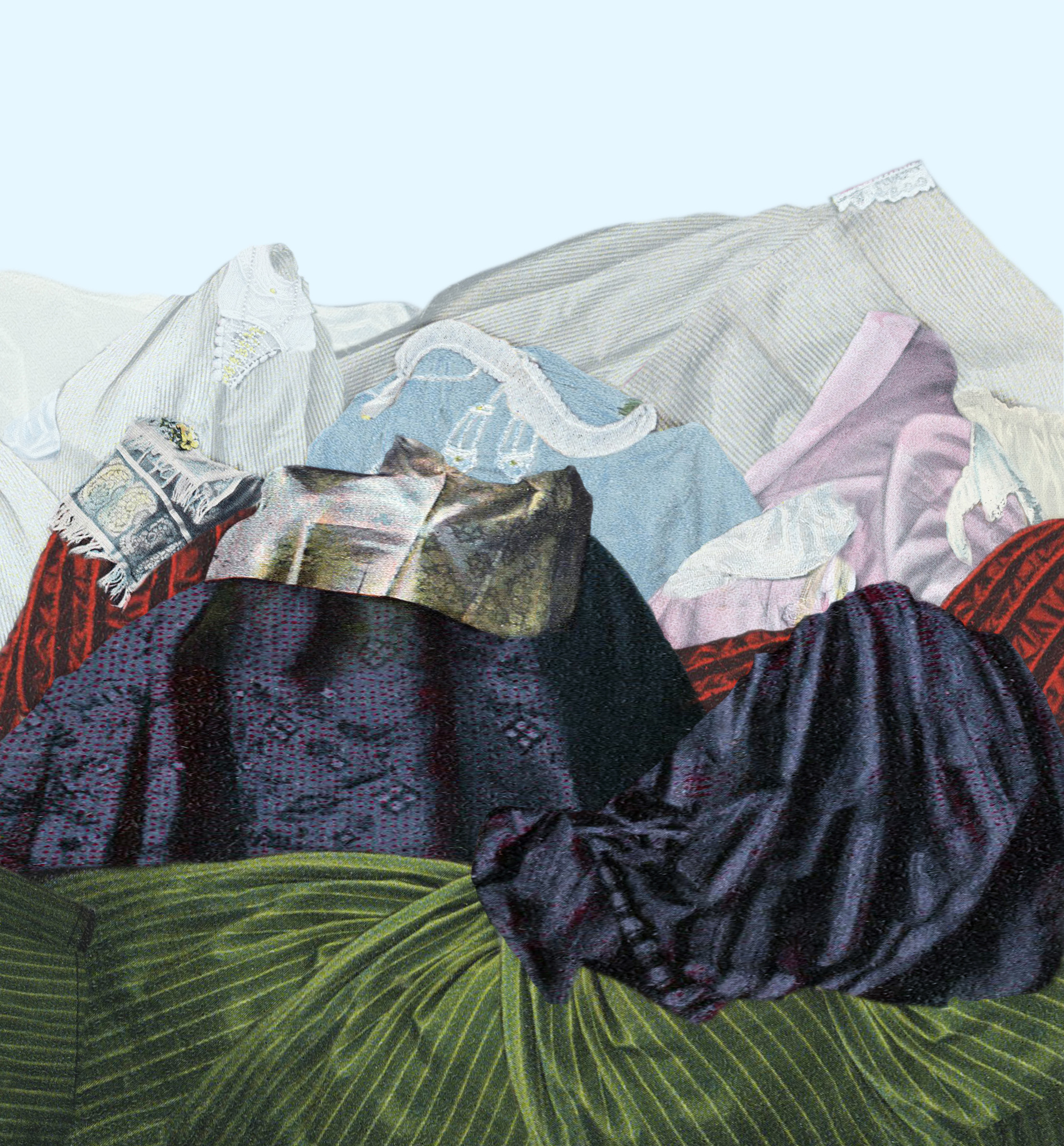
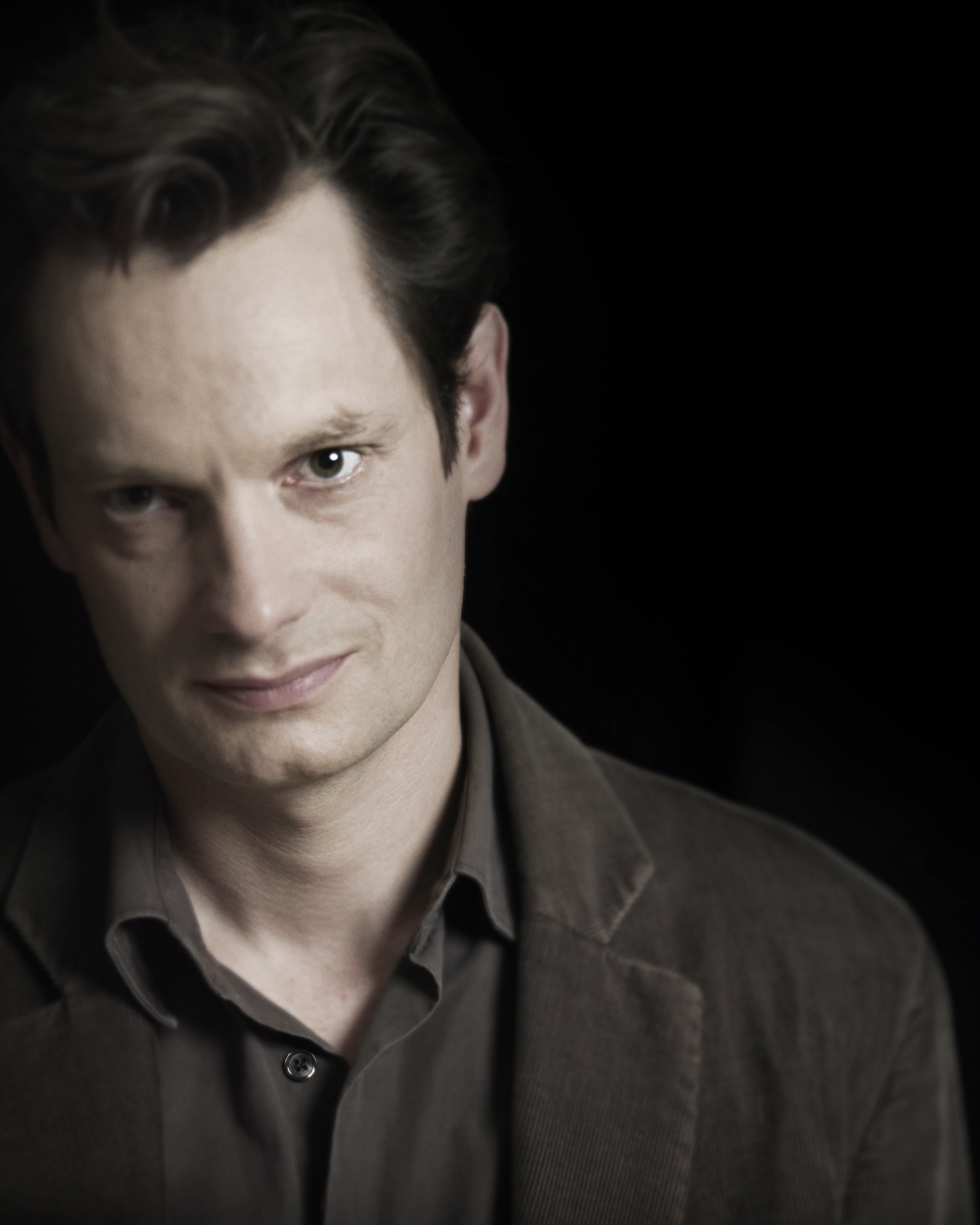
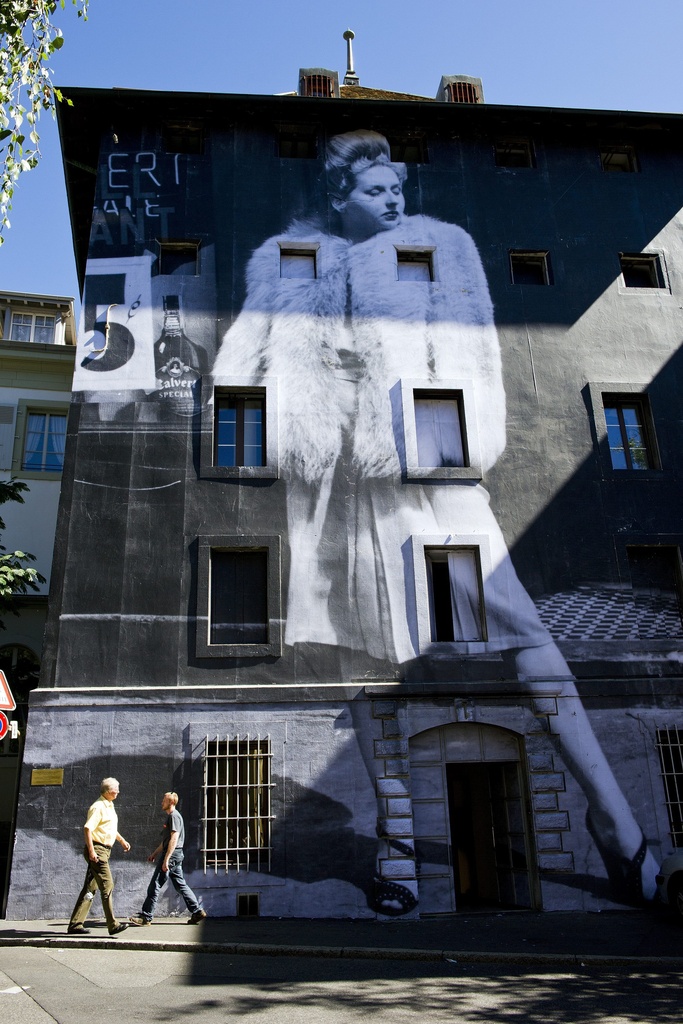
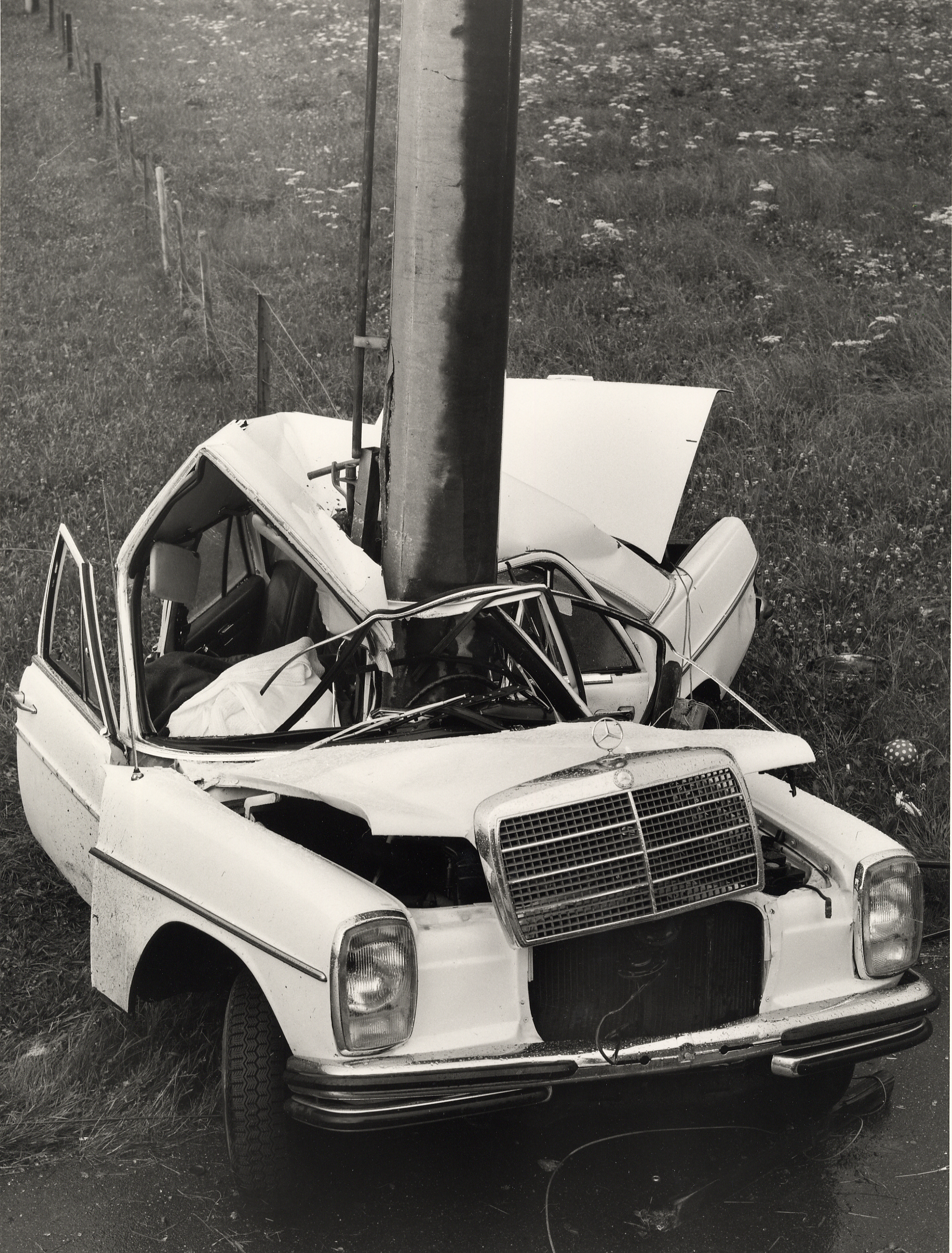
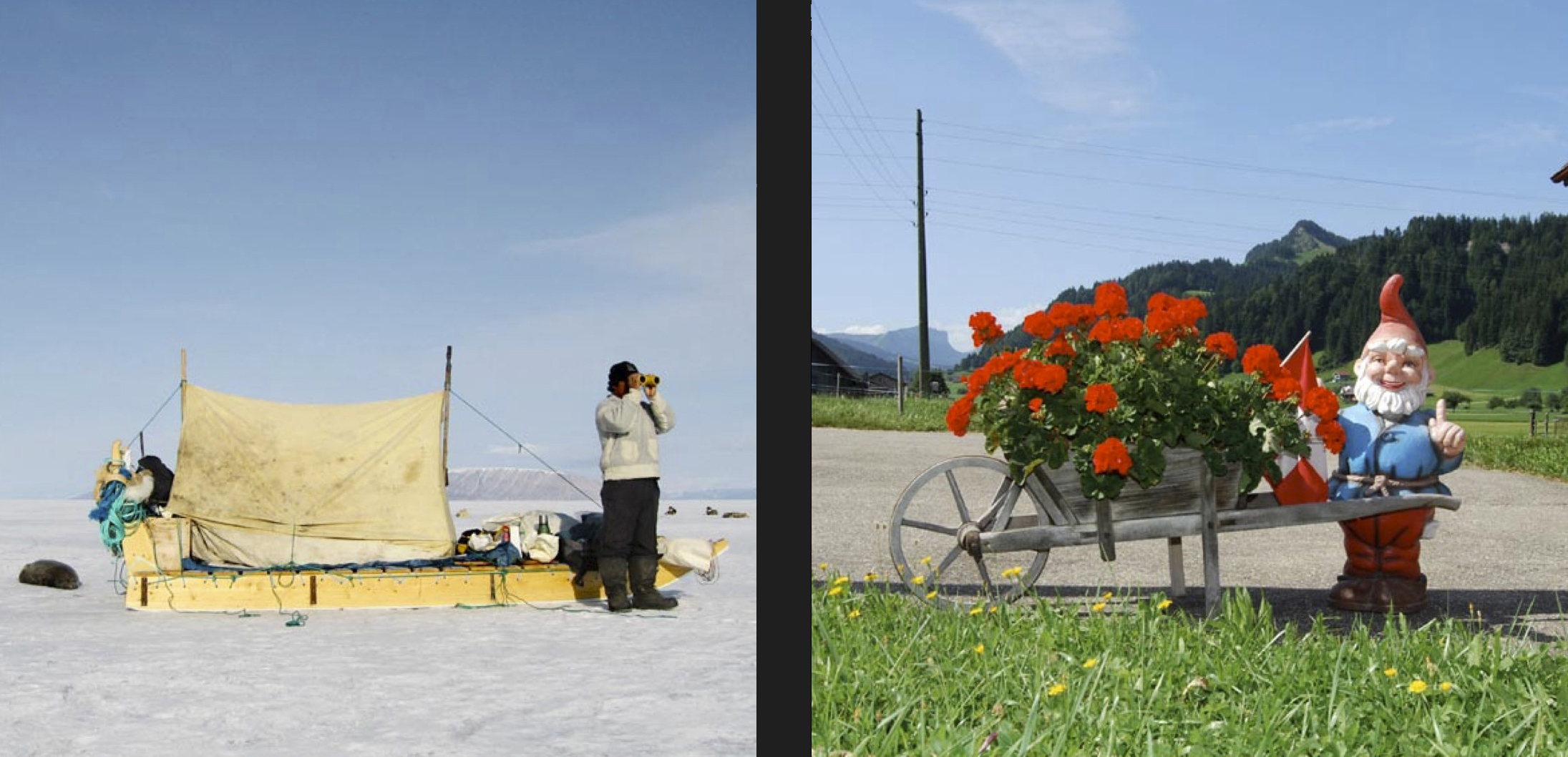
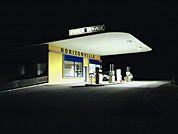
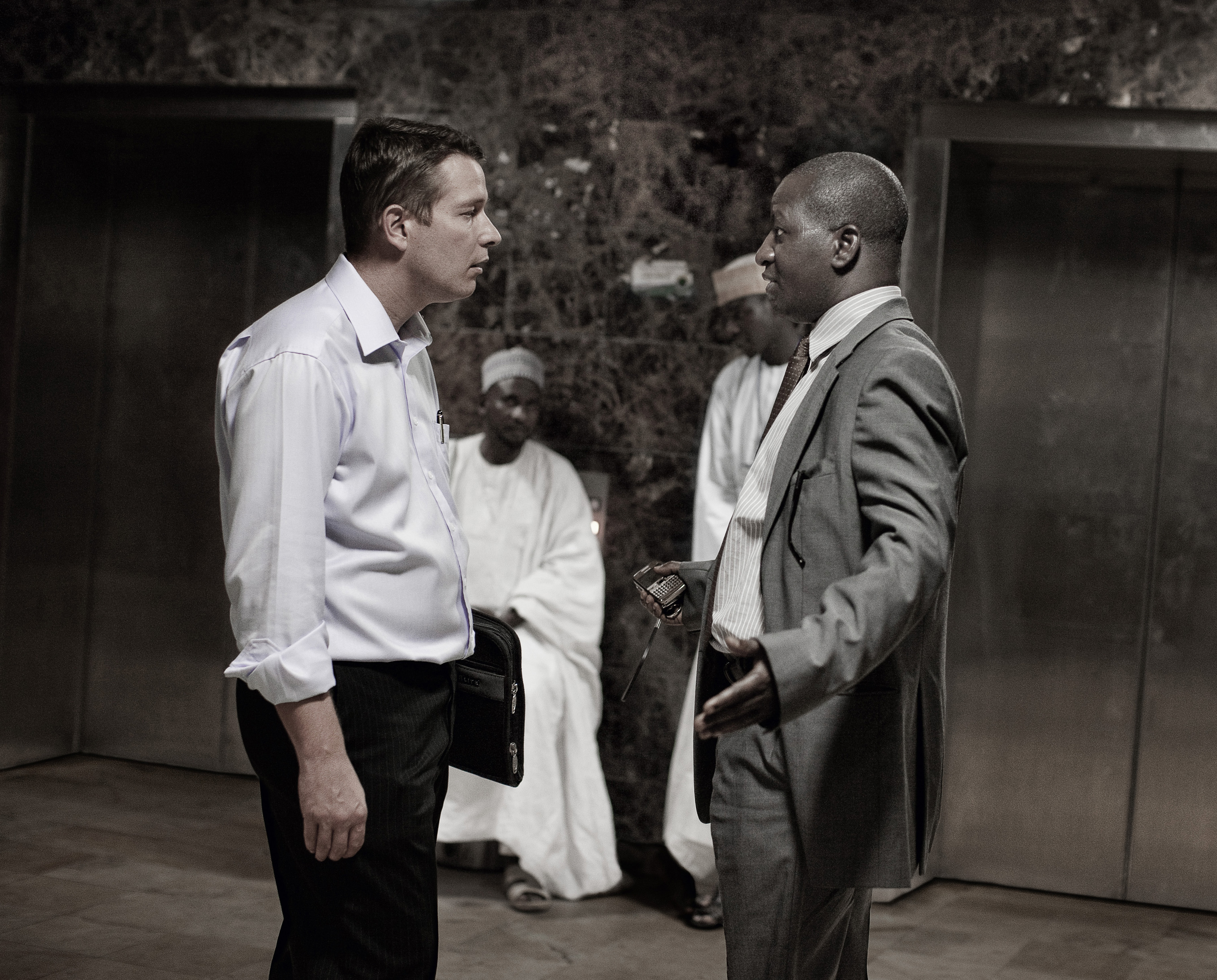
You can find an overview of ongoing debates with our journalists here. Please join us!
If you want to start a conversation about a topic raised in this article or want to report factual errors, email us at english@swissinfo.ch.